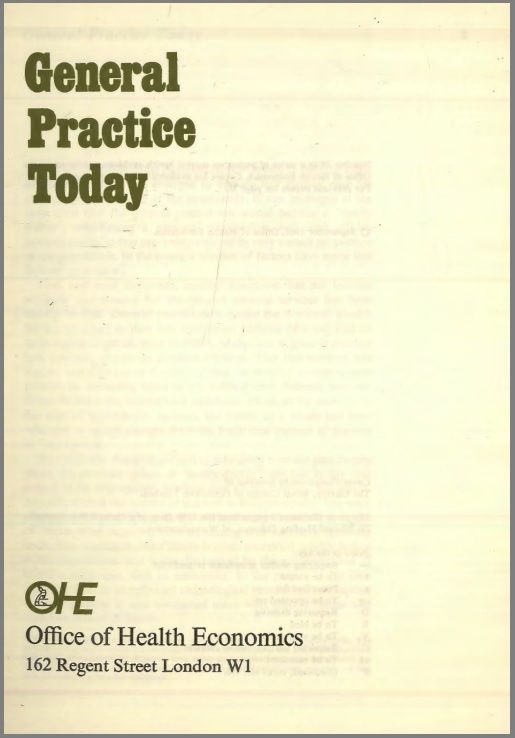Sign up to our newsletter Subscribe
Challenges and Solutions for Budget Impact Analysis of Gene Therapies

WITH the inception of the National Health Service in 1948 the scope of general practice was enlarged to provide free medical care for each and every member of the community. It was envisaged at the same time that the general practitioner would become…
WITH the inception of the National Health Service in 1948 the scope of general practice was enlarged to provide free medical care for each and every member of the community. It was envisaged at the same time that the general practitioner would become a ‘family doctor’, establishing a personal relationship with each of his patients similar to that previously enjoyed by only a small proportion of the population. In the event, a number of factors have made this difficult to achieve.
First, and most important, medical manpower has not become available and finance for the general medical services has been strictly limited. General practitioners under the National Health Service have had on their lists many more patients than they had on their insurance panels prior to 1948. Manpower in general practice has, however, shown an absolute increase. That this increase was limited was also due to the feeling that the hospital service should provide an increasing share of the medical care. Second, patients’ demands and expectations have increased. Third, as for example in the case of appointment systems, the public as a whole has been reluctant to accept changes from the traditional pattern of practice as they knew it.
Now with the changing pattern of morbidity over the past twenty years, the previous system of ‘family doctor’ care has in any case ceased to be appropriate. Medical and social progress has fundamentally altered the pattern of sickness in the community. The work of the general practitioner in the 1930s was dominated by episodes of illness often requiring time-consuming and heroic, if relatively ineffective, treatment. Now illness is often contained quickly before it becomes serious and is usually treated by the administration of effective medicines, such as antibiotics, to the patient in his own home, or else by complicated technological procedures in hospital. General practice is now concerned more with chronic illness and social aspects of ill health.
General Practice Today
